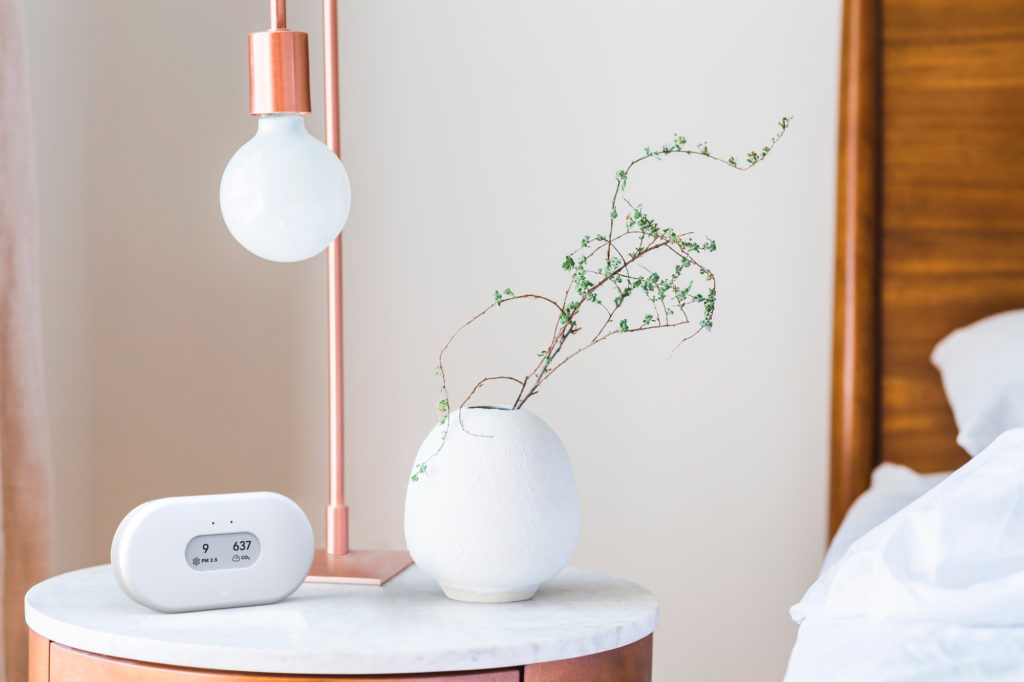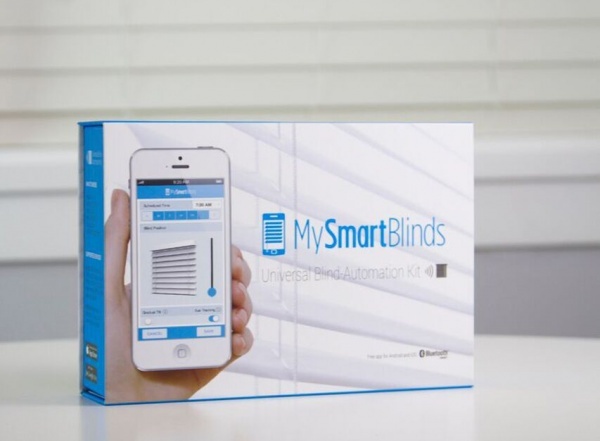This week’s show has a security focus with us discussing the Verkada hack, a new security camera from Abode, which basically puts expensive IP cameras on notice, and recommendations from Consumer Reports on helping victims of domestic abuse lock down their devices and services. We then talk about a rumored Alexa robot, a new Raspberry Pi chip designed for TinyML, the new State of Edge report from LF Edge, and Honeywell’s latest smart building acquisition. On the new products and services front, we cover Best Buy’s plan to sell fall detection and emergency services using the Apple Watch, the Sonos Roam, and a new air sensor from Airthings that detects particular matter. Kevin shares his opinion about the Logitech Circle View Doorbell as he continues to deploy HomeKit in his home. We close by answering a listener question about sensors for small businesses.

This week’s guest is Julie Setser, SVP of R&D at P&G Ventures. She and I discuss how P&G Ventures operates and what sorts of products they are interested in bringing to market. We talk about how the phone can help create a new relationship with a consumer, even if the product isn’t connected. We also discuss what P&G has learned from its previous forays into connected devices and how that influences Procter & Gamble going forward. I like the holistic view they are taking around smarts, consumer products, and respecting the user’s time and experience. Enjoy the show.
Hosts: Stacey Higginbotham and Kevin Tofel
Guest: Julie Setser, SVP of R&D at P&G Ventures
Sponsor: Switch Always On
- This camera hack is a good example of why MFA rocks
- Companies will spend $800 billion on edge computing from 2019-2028
- Are we going back to Sonos with the new Roam Bluetooth speaker?
- How P&G Ventures works and what it’s looking for
- P&G is using the smartphone to change its relationship with customers
Podcast: Play in new window | Download | Embed
Subscribe: RSS

